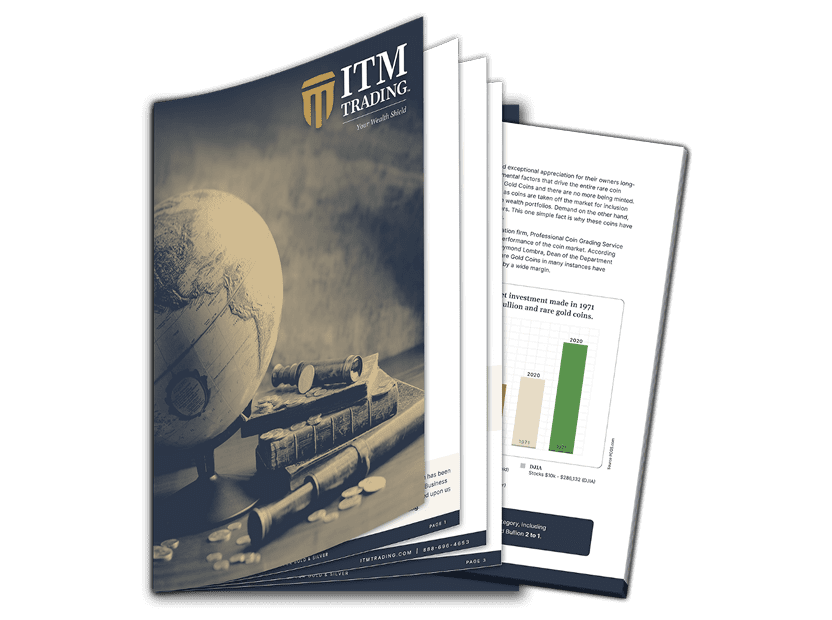Things to Know About The US Mint

Numismatic as well as commemorative gold coins of The US Mint are going to witness a price cut on April 11, 2012. The slash in prices will be carried out based on the pricing policy of the bureau, in accordance with the latest direction laid down by the precious metal market.
The prices of the yellow metal were being set by the US Gold Mint from $1,650.00 to $1,699.99 per ounce as per the price bracket set by London Gold. However, the average weekly prices of gold plunged on April 10, 2012 to $1,635 per ounce, the credit for which goes to the Easter holidays that shortened the week.
A reduction in the prices of gold coins is being expected if the AM price fix of London on April 11, 2012 is below $1,708.73 an ounce. Along with that the PM fixing price should also be below $1,650 per ounce. If such a scenario exists, the expected decrease in prices will be somewhere ranging from $5 to $92.50.
The US Mint mainly produces coins for circulation for the purpose of trade and commerce in the Unites States. This Mint was established under the Coinage Act of 1792 by the Congress with the Mint being placed under the Department of State. However, as per the ruling of the Coinage Act of 1873, it was made a fraction of the Department of Treasury and in 1981 it became a patronage of the Treasurer of US. Even today legal tender coins are produced only for the Treasury’s account.
David Rittenhouse, the renowned scientist, was the premier Director of the US Mint. The most recent occupant of this position was Edmund C. Moy who resigned in January 2011. The Chief Coiner as well as first Superintendent of the mint was Henry Voigt who is credited to be behind some of the famous designs of US gold coins. Other famous and important people associated with the mint are Christian Gobrecht, James B. Longacre, Charles E. Barber, William Barber and Frank Gasparro, who held the position of Chief Engraver.
History of the US Mint
The US Mint has many branches all over United States, but the first one was established in Philadelphia in 1792 and that is the reason why it is referred to as “Ye Olde Mintâ€. Many new mints were established after that. This led to the need of having mint marks so as to identify the place of origin of a coin. The first mints to be established after the one in Philadelphia were:
•   Charlotte in North Carolina, which was functional between 1838 and 1861. Its mint mark was ‘C’.

•   Georgia in Dahlonega, which was operational from between 1838 and 1861. Its mint mark was ‘D’.

•   New Orleans in Louisiana, which was functional between 1838 and 1909 and its mint mark was ‘O’.
These three mints were established to convert deposits of local gold into coinage and thus were involved in minting gold coins only. However, after the Civil War two of these facilities were closed permanently. The New Orleans Mint was shut when the Civil War broke out in 1861 but was re-opened in 1879. It produced both silver as well as gold coins of 11 denominations. However, at any given time only 10 denominations were minted. As of 1851, the following coins were minted here:
•  Silver three cent pieces.

•   Silver half dimes.

•   Silver dimes.

•   Silver quarters.

•   Silver half dollars.

•   Gold dollars.

•   Gold quarter eagles,

•   Gold Half Eagles.

•   Gold eagles.

•   Gold Double Eagles.
Functions of the US Mint
The US mint performs as well as maintains many programs in the sphere of commercial marketing. The primary functions of the mint include:
•  Producing foreign, bullion and domestic coins.

•   Manufacturing as well as selling national commemorative medals.

•   Designing as well as producing congressional gold medals.

•   Safeguarding movement of precious metal such as bullion.

•   Distributing coinage to the Federal Reserve Banks from different mints.
The US gold mint is responsible for producing coins and in 2011, it produced more than 8.2 billion coins for the purpose of circulation. Another thing to be noted here is that paper money is not produced by the US Mint.














